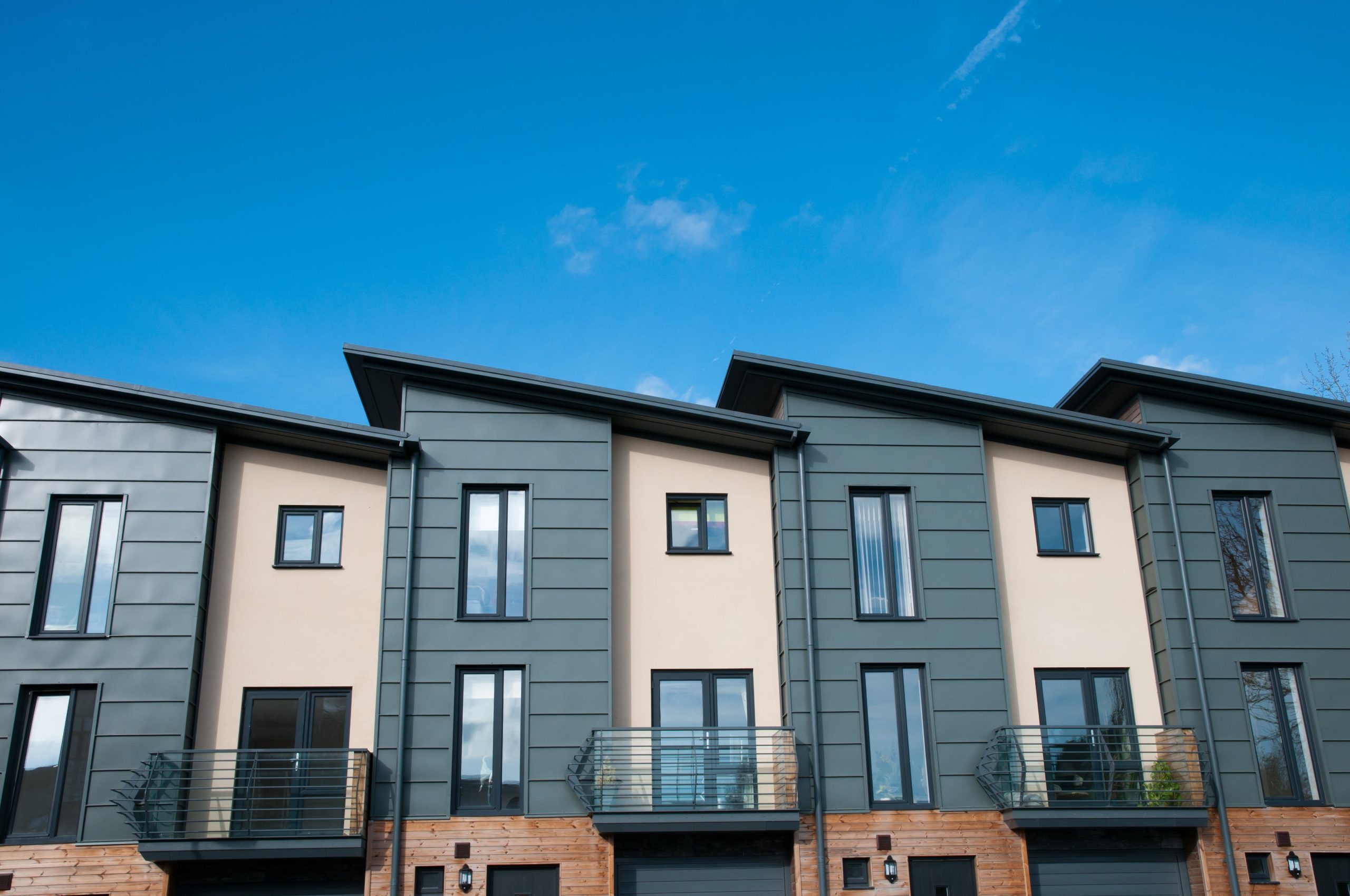As the UK advances toward more stringent energy efficiency standards, innovative solutions like vacuum glazing are emerging as pivotal components in reducing carbon footprints and enhancing building performance. At The Vacuum Glazing Network Ltd (VGN), we are at the forefront of this revolution, offering state-of-the-art vacuum glazing products that align with the nation’s sustainability goals. So what are the benefits of vacuum glazing compared to standard double or triple glazing?
Understanding Vacuum Glazing (VIG)
Vacuum glazing consists of two glass panes separated by a micro-thin vacuum gap, effectively eliminating heat transfer through conduction and convection. This design achieves superior thermal insulation compared to traditional glazing methods. The absence of air between the panes not only enhances energy efficiency but also contributes to a slimmer and lighter structure, making it ideal for various applications. In addition, vacuum glazing has excellent noise reduction properties making it an excellent choice for those seeking to improve acoustic comfort in their buildings.
Alignment with UK’s 2025 Future Homes Standard and Carbon Reduction Plans
The UK government has introduced the Future Homes Standard, set to be enforced in 2025, aiming to ensure new homes produce 75-80% less carbon emissions compared to current levels. This initiative is part of a broader strategy to achieve net-zero carbon emissions by 2050. Additionally, there are key deadlines for existing properties:
Implementing vacuum glazing is a significant step toward meeting these standards, as it substantially improves a building’s thermal performance, thereby reducing energy consumption and associated carbon emissions.
The Benefits of Vacuum Glazing

Note: Values are approximate and can vary based on specific product configurations.
The table highlights that vacuum glazing offers exceptional thermal insulation with a U-value as low as 0.54 W/m²K, superior to traditional glazing options. Its high light transmission ensures bright interiors, and its excellent sound reduction capabilities contribute to a quieter living environment. Moreover, its slim profile allows for easy integration into existing window frames.
Vacuum Glazing: the clear choice for a sustainable future
Beyond performance metrics, vacuum glazing stands out for its environmental benefits:

